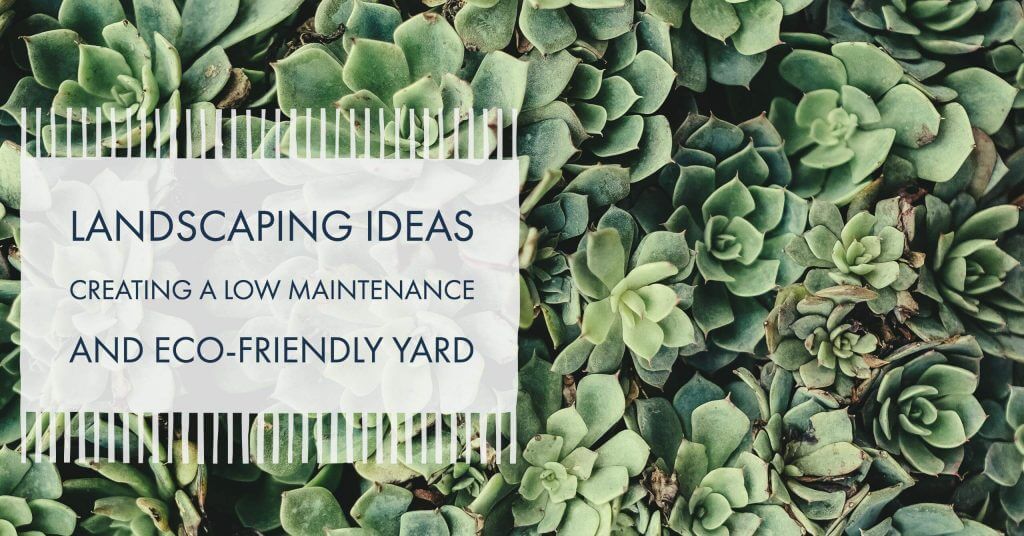
What is a xeriscape and how can it work for you?
Maintaining a healthy and beautiful lawn can be time-consuming and heavy on your wallet. Water for irrigation, fertilizer, seeds, landscaping tools, plants, etc. This is especially true in hot climates like the one here in San Antonio. One solution for these problems is to create a xeriscape in your backyard.
What is a xeriscape?
A xeriscape is a landscape theme that greatly reduces or even eliminates the need for extra watering from an irrigation system. The reason why xeriscapes work well in any environment is because xeriscapes use native or adapted plants that thrive in the local ecosystem without too much extra landscape maintenance care or watering. Turning your lawn into a xeriscape can help you:
- Lower your water bill costs
- Decrease the amount of time you spend on weekly yard work
- Achieve a neat, clean look for your yard year around
- Reduce the number of toxic fertilizers and pesticides you use on your property
How to plan your own eco-friendly xeriscape
It’s important to plan out your new lawn by first considering how you will use the space.
- Do you plan on frequently hosting friends for barbecues and other entertainment affairs?
- Will your yard be a play space for your children?
- Should your lawn be pet-friendly?
- Will your lawn serve as your own private oasis of relaxation?
- Will you use your lawn for all of the above?
Considering how you will use your yard will help you narrow down how much of your lawn you will convert into plant beds and how much of it you will mark off for flagstone, gravel, mulch, river rock, or another filler.
How to select plants for a xeriscape
Once you have an idea of what you will put where it’s time to decide what plants and fillers you will use for your xeriscape. In San Antonio’s frequently hot weather annuals, cacti and succulents, herbs, palms, perennials, roses, vines, shrubs, and ornamental grasses do well and thrive on a relatively low amount of water. Here is a whole list of native plants you can use in your San Antonio yard. Use a variety of these Texas-friendly plants to give your yard texture and interest.
As for your fillers, these will depend more on the foot traffic you anticipate for the space. For more foot traffic, use larger, smoother materials like flagstone or brick. For areas where you want to limit walking or playing, use something like river rock or mulch.
Watering solutions for xeriscapes
Another important decision when creating and xeriscape is how to water the plants in the infrequent times they need it. The best option is watering plants by hand, giving you the most control over your water use. To get the most out of hand watering measure how far your hose extends and plant the flower beds within the designated area.
For the rest of the yard, drip irrigation is a great option. Drip irrigation systems help you conserve water in any season and help you keep your xeriscape healthy and lush at all times, with minimal work on your part.
Be as creative as you like when building your xeriscape. You may even want to consider hiring a professional landscape consultant to make sure you get the most out of your new yard.



